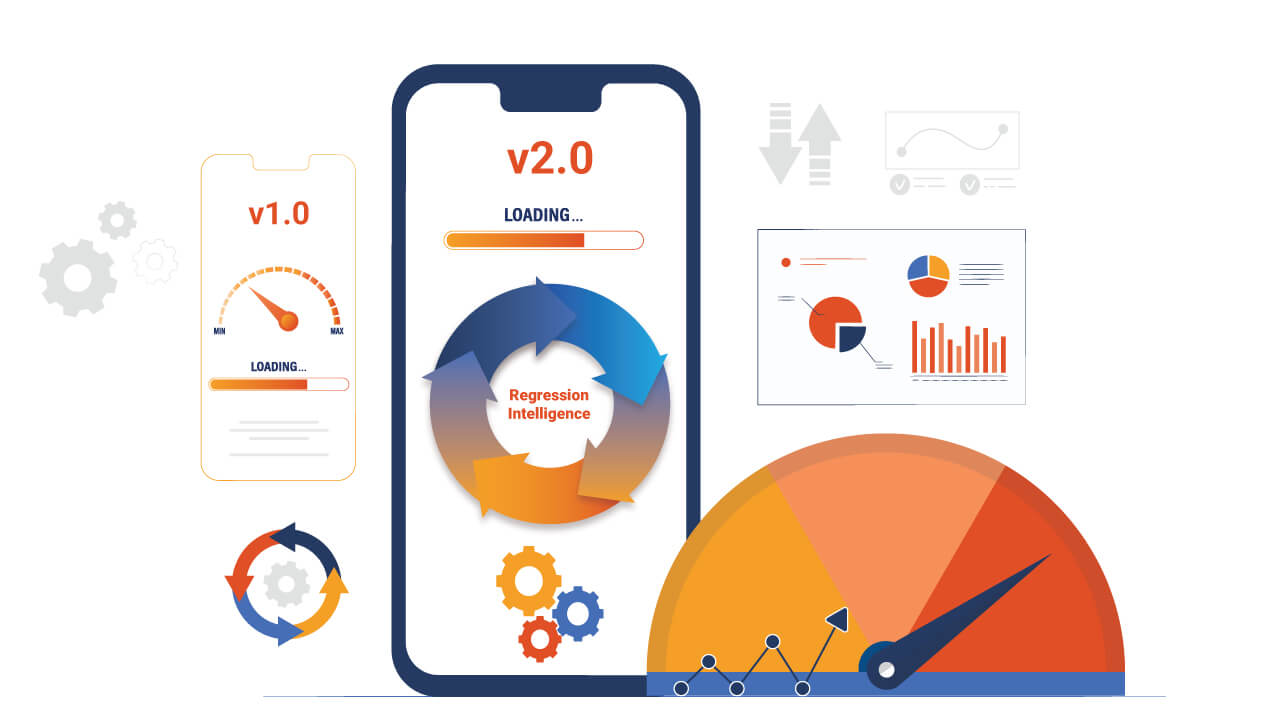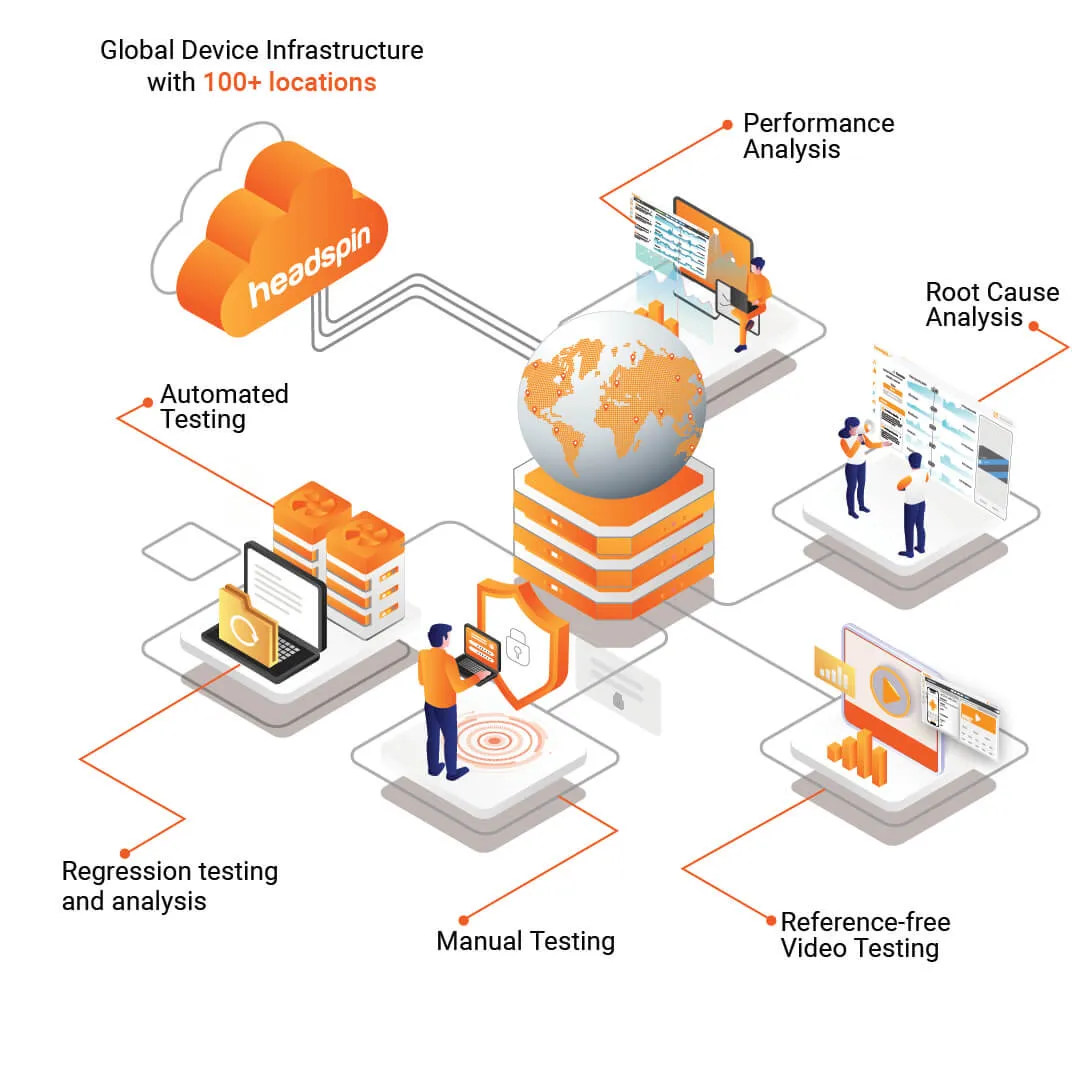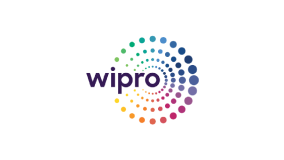Introduction
In today’s fast-paced mobile app market, delivering seamless user experiences has never been more crucial. Exploratory testing, a flexible and intuitive approach to software testing, empowers teams to uncover hidden defects, enhance usability, and gain insights into the end-user journey.
With HeadSpin—an industry-leading omnichannel digital experience testing platform—enterprises can elevate exploratory testing to ensure optimal app performance, functionality, and user satisfaction.
This blog explores the benefits of leveraging exploratory testing with HeadSpin to meet the demands of today’s hyper-competitive app landscape. Discover why adopting HeadSpin's expertise in exploratory testing is essential for staying ahead of the competition and achieving app success.
What is Exploratory Testing?
Exploratory testing is a dynamic and intuitive testing approach that mimics the behavior and choices of end-users. Rooted in discovery and investigation, it allows testers to autonomously navigate the software to assess the quality of the user experience.
Unlike traditional testing, which follows predefined test cases, exploratory testing is less formalized. Testers rely on their intuition and creativity, generating test ideas on the fly and making spontaneous decisions about which features and actions to evaluate. This approach enables testers to uncover hidden issues, identify usability challenges, and detect edge cases that might be missed by structured test plans.
By reflecting the diverse preferences and interactions of real users, exploratory testing offers a more holistic view of the app’s overall quality and user experience.
Types of Exploratory Testing
Exploratory testing can take several forms, each offering unique advantages:
- Freestyle Exploratory Testing: Testers explore the app intuitively, relying on their experience and instincts to uncover defects, often revealing unexpected issues.
- Scenario-Based Exploratory Testing: Focuses on testing real-world use cases to ensure the app behaves as expected in specific, common situations.
- Strategy-Based Exploratory Testing: Testers follow a predefined strategy, allowing for focused exploration with clear objectives, while maintaining flexibility in execution.
Pros and Cons of Exploratory Testing in Agile
Pros:
- Uncovers Hidden Issues: Helps find defects that traditional tests might miss, such as uncommon user behaviors or rare system interactions.
- Fosters Creativity: Encourages testers to think outside the box, leading to a deeper understanding of the software's capabilities.
- Flexible and Adaptable: Allows testers to quickly adjust to changes, aligning with the fast-paced nature of agile workflows.
Cons:
- Lacks of Structure: Without predefined test cases, managing and tracking the testing process can be challenging.
- Hard to Reproduce: Since tests are not scripted, reproducing certain defects can be difficult, which may complicate debugging.
- Relies on Experienced Testers: Successful exploratory testing requires testers with strong expertise and domain knowledge.
The Significance of Exploratory Testing in Software Testing
Exploratory testing plays a vital role in software quality assurance by identifying defects that traditional, structured testing might overlook. Unlike structured testing, which follows a predefined plan, exploratory testing allows testers to adapt and investigate the software based on real-time observations and user behavior. This flexibility helps uncover edge cases and issues that may arise during User Acceptance Testing (UAT) or in the hands of end-users.
Exploratory testing accelerates the feedback loop, improves documentation through automated tools, and can even help in creating test cases for future use. Research has shown that exploratory testing is more effective at uncovering defects than scripted testing—uncovering up to twice as many defects while requiring fewer resources and less time.
By integrating exploratory testing into the testing process, businesses can ensure a more comprehensive quality assurance approach, ultimately improving the software's performance and user experience.
Read: Navigating the Age of Digital Acceleration by Leveraging Robust QA Automation
When and Why to Use Exploratory Testing in Agile
Exploratory testing is a valuable method in Agile for several reasons:
- Quick Feedback: It’s ideal for when quick insights are needed, particularly in the early stages of testing or when there's limited time.
- Bug Discovery: It uncovers bugs that might be missed in scripted tests, especially edge cases and elusive defects that evade traditional methods.
- Improved Test Coverage: By testing beyond predefined scenarios, it ensures broader coverage and helps discover untested areas.
- Aligning with Requirements: It ensures the application meets functional and user-centric needs by allowing testers to dive into the software with a user-centric approach.
- Support for Continuous Improvement: As part of Agile's iterative cycles, exploratory testing helps teams stay adaptable, providing real-time feedback that aligns with fast-moving development processes.
Check out: Maximize Mobile App Testing Efficacy with HeadSpin's Must-have Test Scenarios
Key Principles of Exploratory Testing with HeadSpin
HeadSpin enhances exploratory testing by providing a platform that allows businesses to test apps under real-world conditions, delivering faster and more confident product releases. With access to real devices and networks in over 50 locations globally, the platform supports effective exploratory testing with three key principles:
1. Context-Driven Testing
HeadSpin emphasizes the importance of context—device, network, user behavior, and location. Understanding these factors allows testers to create relevant, high-impact tests that better identify defects.
2. Rapid Feedback
HeadSpin facilitates quick defect identification and resolution with real-time feedback. This immediate reporting enables developers to address issues swiftly, shortening time-to-market and enhancing app quality.
3. Agile Testing
Tailored for agile development, the HeadSpin platform fosters collaboration between testers and developers. It empowers teams to continuously test, gather insights, and make adjustments in real-time, aligning with the agile ethos of rapid iteration.
Also check: What are the Differentiating Factors That Make HeadSpin Unique?
How HeadSpin Helps Enterprises with its Advanced Capabilities in Exploratory Testing
HeadSpin provides a unique approach to exploratory testing, enabling businesses to ensure optimal app performance in real-world conditions. By leveraging real devices, live networks, and actual users, HeadSpin helps enterprises uncover issues that might be missed in simulated environments. Here’s how HeadSpin adds value to businesses:
1. Real-world Evaluation
HeadSpin's use of real devices and networks allows businesses to perform thorough testing, identifying critical issues that may be overlooked in traditional testing environments.
2. Comprehensive Testing
With a holistic approach, HeadSpin tests all aspects of app performance across different devices, networks, and locations. This helps businesses pinpoint performance bottlenecks and network issues, ensuring a seamless user experience.
Don’t Rely on iOS Emulators & Android Simulators. Test on Real Devices
3. Faster Time-to-market
By providing real-time feedback, HeadSpin helps developers address issues quickly, reducing time-to-market and enabling faster release of high-quality apps that boost user engagement.
4. Improved User Experience
Effective exploratory testing with HeadSpin improves the functionality and interface of apps, enhancing the user experience and fostering better user retention.
5. Cost-effective Testing
HeadSpin’s real-world testing approach offers businesses a cost-effective solution by maximizing testing efficiency without compromising on quality, resulting in a higher ROI.
Why HeadSpin's Expertise in Exploratory Testing is Critical for Achieving Greater Testing Maturity?
A wide variety of testing solutions available in the current market can aid in performing software testing with greater sophistication. These solutions include manual testing, test automation, continuous integration, and functional regression testing. However, HeadSpin's capabilities in exploratory testing provide businesses with a distinctive advantage in achieving higher levels of testing maturity. It offers advanced features such as generating detailed reports on performance goals and budgets, optimizing application speed and efficiency, analyzing key metrics to meet users' digital experience goals, and executing continuous tests across diverse environments to quickly identify and resolve issues, ensuring a perfect digital experience. These exceptional features make HeadSpin the unique platform that supports software testing across all levels of testing maturity.
Conclusion
Exploratory testing with HeadSpin is a powerful approach to enhancing app quality and ensuring confidence in performance. By leveraging HeadSpin's advanced features and capabilities, testers can explore diverse scenarios, uncover potential issues, and mitigate risks, leading to a smoother user experience. This guide has covered the benefits of exploratory testing, key principles, and how HeadSpin's platform elevates app testing efforts.
With HeadSpin’s data science-driven platform, testers gain valuable insights into app performance, identify issues in real time, and optimize for a flawless user experience. Integrating exploratory testing with HeadSpin ensures your app meets the highest quality standards, delivering a seamless experience for your users. Harness the power of HeadSpin's omnichannel testing platform and confidently embark on your app launch journey!
FAQs
Q1. What are the benefits of exploratory testing?
Ans: Exploratory testing uncovers more defects than scripted testing by encouraging creativity and leveraging domain knowledge. It reveals unexpected behaviors, provides immediate feedback, and is often more time-efficient.
Q2. When should exploratory testing be used?
Ans: Exploratory testing should be used when testing new features or functionality when there is limited time available for testing or when testing complex or unknown systems where scripted tests may not cover all scenarios.
Q3. How is exploratory testing different from scripted testing?
Ans: Scripted testing follows a pre-written set of test cases, whereas exploratory testing does not. Exploratory testing is more ad-hoc and flexible and relies on the tester's experience, creativity, and intuition to design and execute tests.













































-1280X720-Final-2.jpg)






